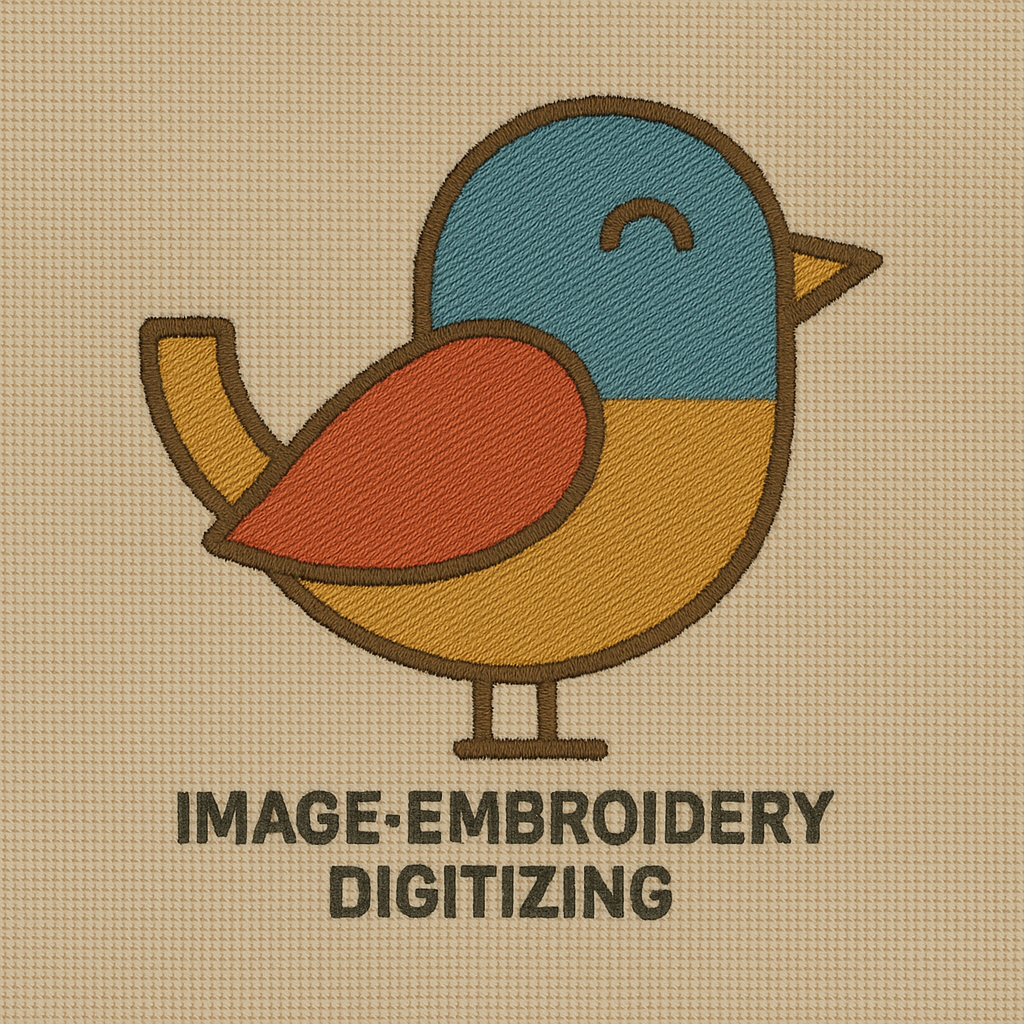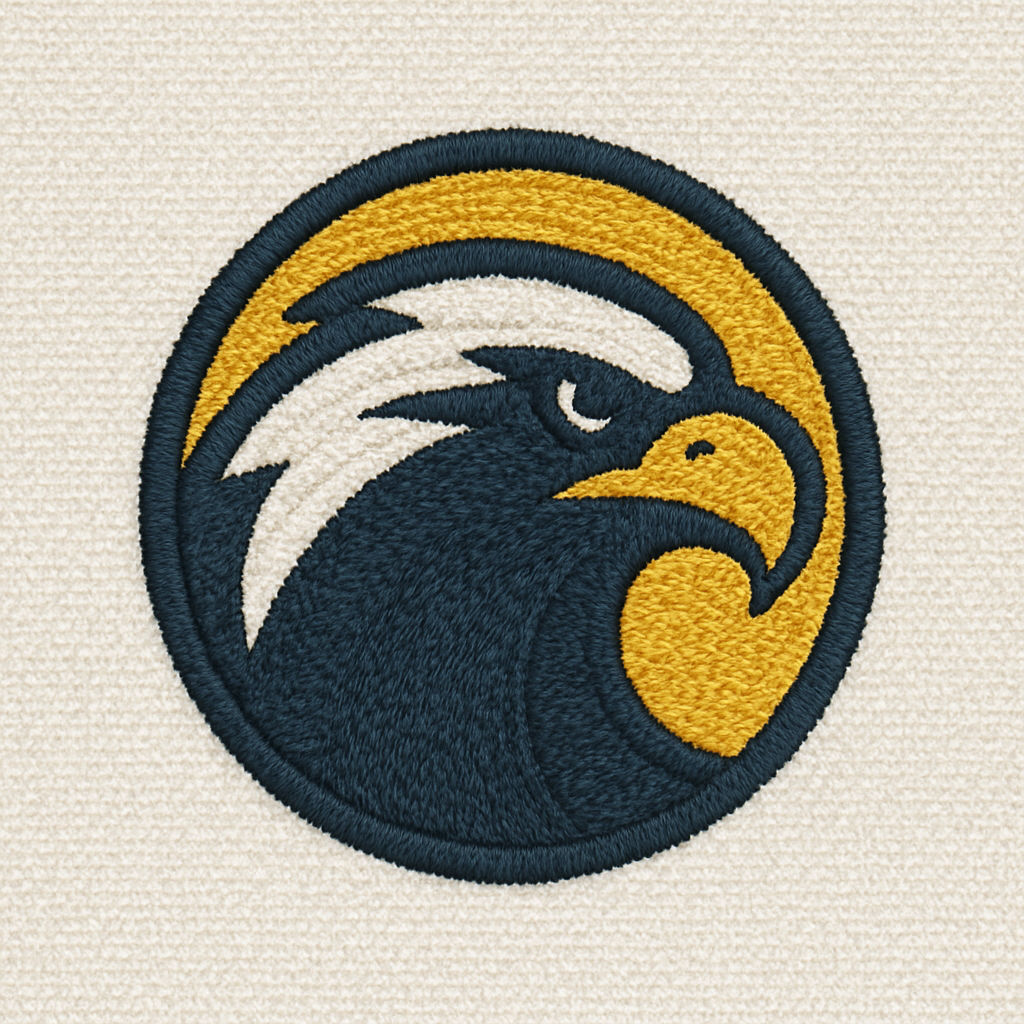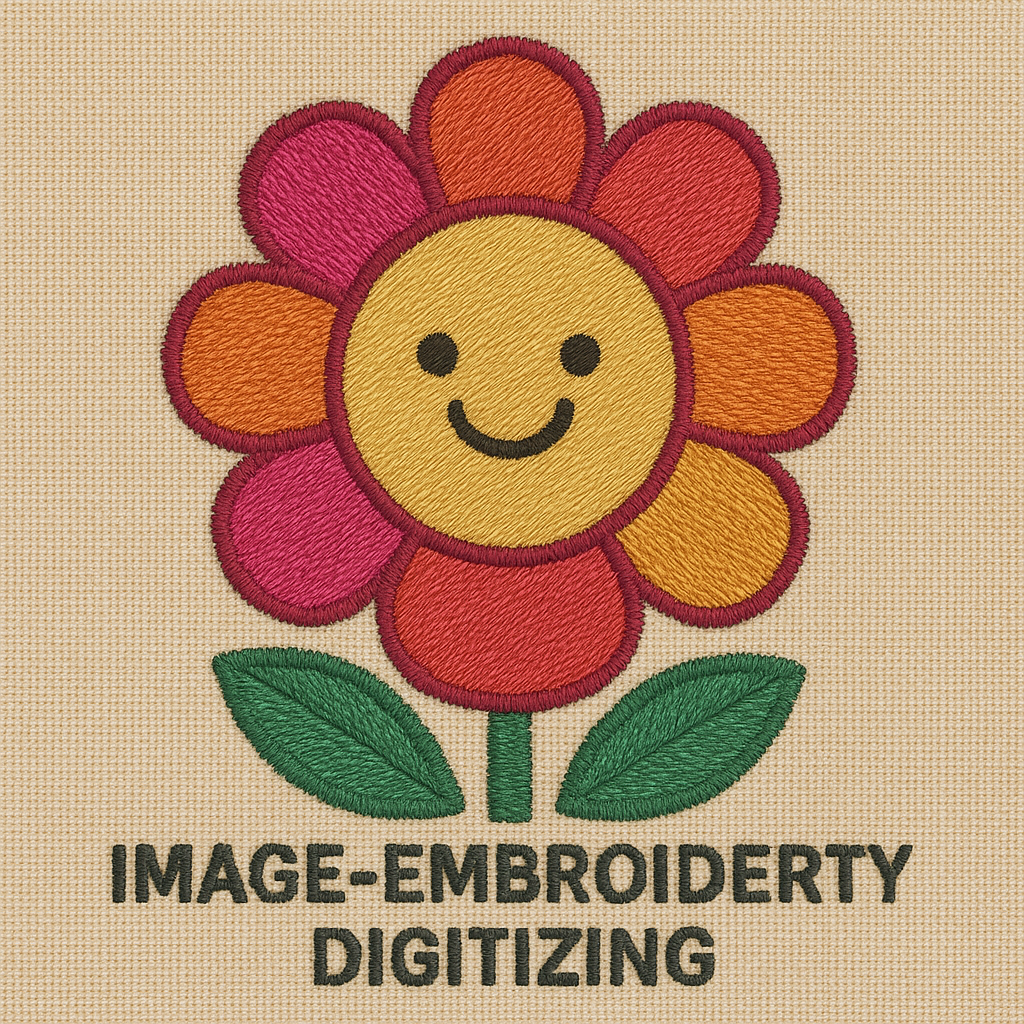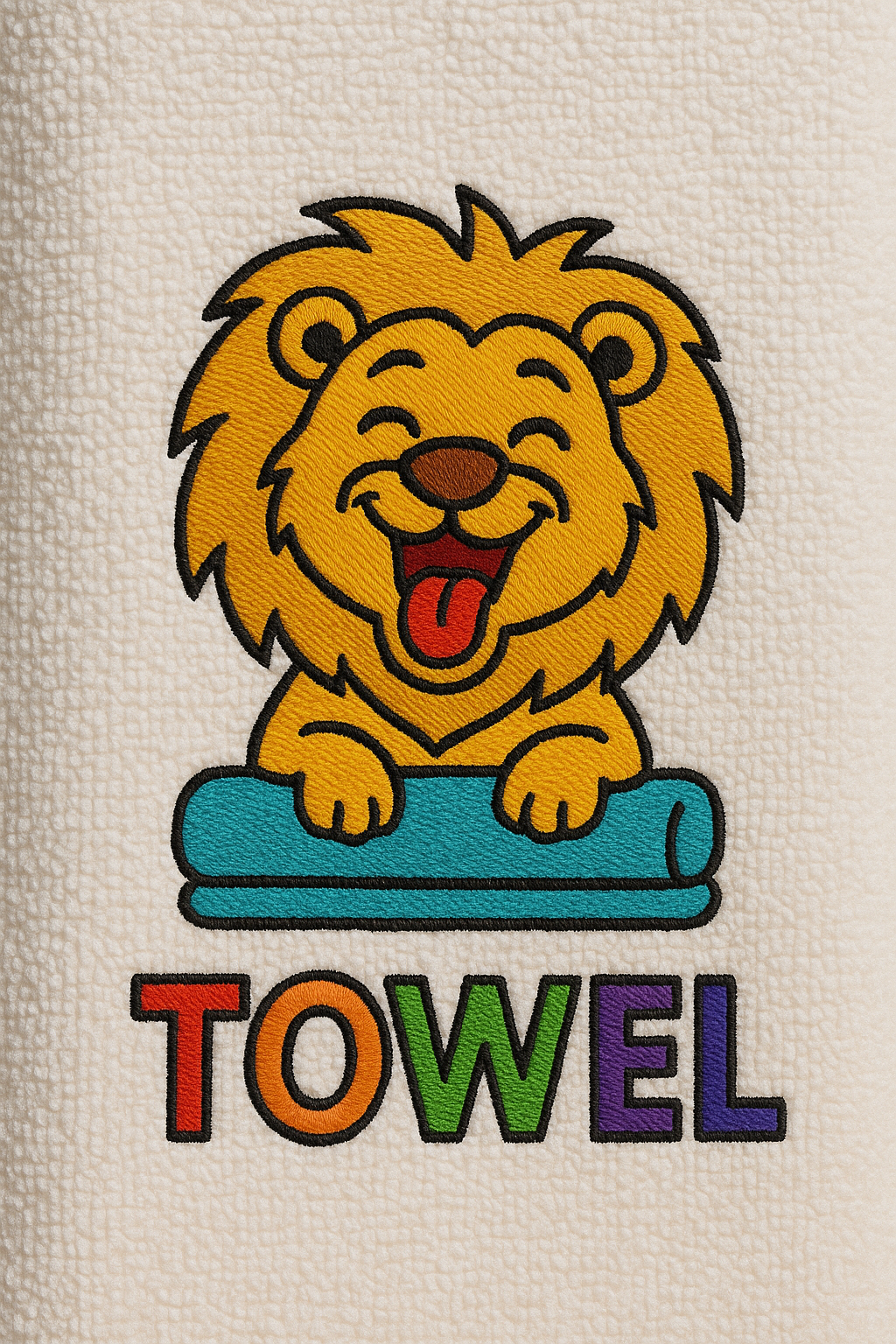
Embroidery Digitizing is the art and science of converting artwork, logos, or images into a digital embroidery file that machines can read and stitch precisely. It’s the process that brings creativity to life — turning a flat design into textured, colorful embroidery that adds style and identity to apparel, accessories, and custom patches.
What Is Embroidery Digitizing?

Embroidery digitizing involves transforming a visual design into a stitch file format using specialized software. This file acts as a blueprint, guiding the embroidery machine on where and how to place each stitch. Every detail — from the direction of the thread to the density and layering — is carefully programmed to ensure accuracy, clarity, and a professional finish.
The digitizing process is the foundation of every embroidered product, whether it’s a company logo on a uniform, a monogram on a shirt, or a custom patch for branding or fashion purposes.
Why Embroidery Digitizing Is Essential
Digitizing isn’t just about copying a design; it’s about optimizing it for embroidery. Unlike printing, embroidery requires needle and thread movement, which can distort shapes if not digitized correctly. Proper digitizing ensures that the final stitch-out is clean, balanced, and true to the original artwork.
Key Benefits of Professional Digitizing
-
Ensures accuracy and precision in stitching
-
Enhances the overall look and texture of the design
-
Reduces production errors and wasted materials
-
Maintains consistency across multiple garments or patches
-
Allows scalability for different sizes and applications
How the Embroidery Digitizing Process Works

Step 1: Artwork Preparation
The process begins with preparing the artwork. The digitizer examines the design, simplifying and adjusting elements to make it embroidery-friendly while maintaining the essence of the original concept.
Step 2: Pathing and Stitch Direction
The digitizer defines the path the machine needle will follow and determines stitch directions to achieve smooth transitions and realistic textures. Proper pathing ensures efficiency, minimizing thread breaks and production time.
Step 3: Assigning Stitch Types
Different areas of a design use different stitch types, such as:
-
Satin Stitch: Ideal for borders, outlines, and small text.
-
Tatami (Fill) Stitch: Used for larger areas requiring texture and even coverage.
-
Running Stitch: Suitable for fine details and delicate outlines.
Step 4: Machine Testing and Adjustments
Once the design is digitized, it’s tested on the embroidery machine. Adjustments are made for thread tension, density, and alignment to ensure a flawless final output.
Applications of Embroidery Digitizing

Custom Patches
Digitizing is essential for creating high-quality custom patches. Whether for uniforms, sports teams, clubs, or fashion brands, well-digitized designs ensure crisp details, clean borders, and vibrant stitching.
Corporate Branding
Businesses use digitized embroidery for uniforms, caps, and promotional items. Professionally digitized logos reinforce brand identity and convey quality and professionalism.
Personalized Gifts and Apparel
Monograms, initials, and unique graphics can be digitized for gifts, accessories, and home décor items, adding a personal touch that printed designs can’t match.
Fashion and Streetwear
Modern streetwear brands use embroidered patches and logos for a premium, textured look that stands out in the market.
Advantages of High-Quality Digitizing

Consistency
Proper digitizing ensures every piece — whether it’s one shirt or a hundred — looks identical in color balance, stitch direction, and shape.
Durability
Well-digitized embroidery holds up better over time. It resists fraying, maintains color integrity, and remains sharp even after multiple washes.
Versatility
A single digitized file can be used across different materials, such as cotton, denim, leather, or PVC patches, with minor adjustments.
Choosing the Right Embroidery Digitizing Partner

When selecting a digitizing service, it’s important to look for experienced professionals who understand both design aesthetics and technical embroidery requirements. Skilled digitizers can enhance complex artworks, ensuring each element translates beautifully into stitches.
A good digitizing partner offers:
-
Precise attention to detail
-
Compatibility with multiple embroidery file formats (DST, PES, EMB, etc.)
-
Quick turnaround without compromising quality
-
Ongoing support for edits or design adjustments
The Role of Technology in Modern Embroidery Digitizing

Today’s digitizing relies on advanced software that allows for intricate stitch mapping, realistic texture simulation, and precise machine calibration. Automation enhances efficiency, but expert human input ensures creativity and accuracy remain at the core of the process.
Conclusion
Embroidery digitizing is more than a technical step — it’s a creative craft that transforms designs into lasting works of art. With the right expertise, even the most detailed logos and patterns can be turned into beautifully stitched pieces that elevate any garment or patch. Whether for business, fashion, or personalization, professional digitizing ensures that every thread contributes to a flawless, eye-catching finish.
